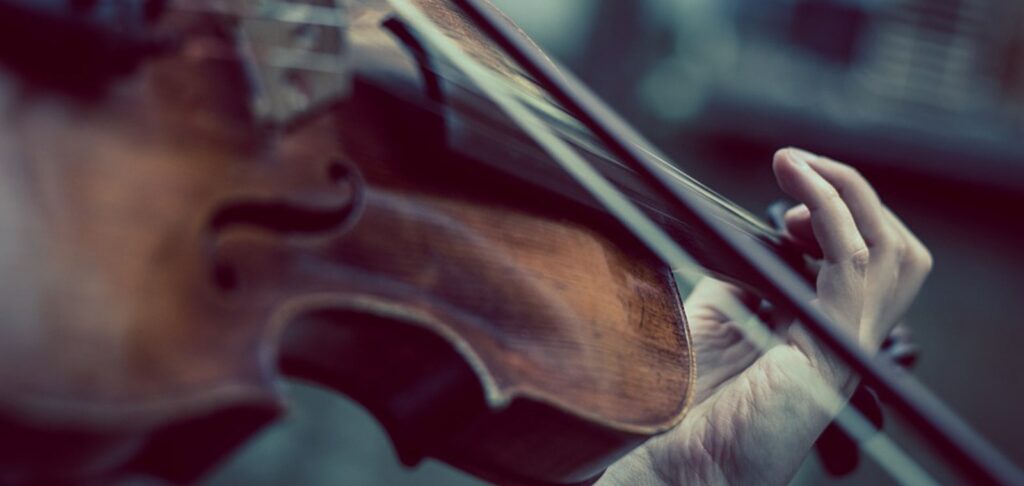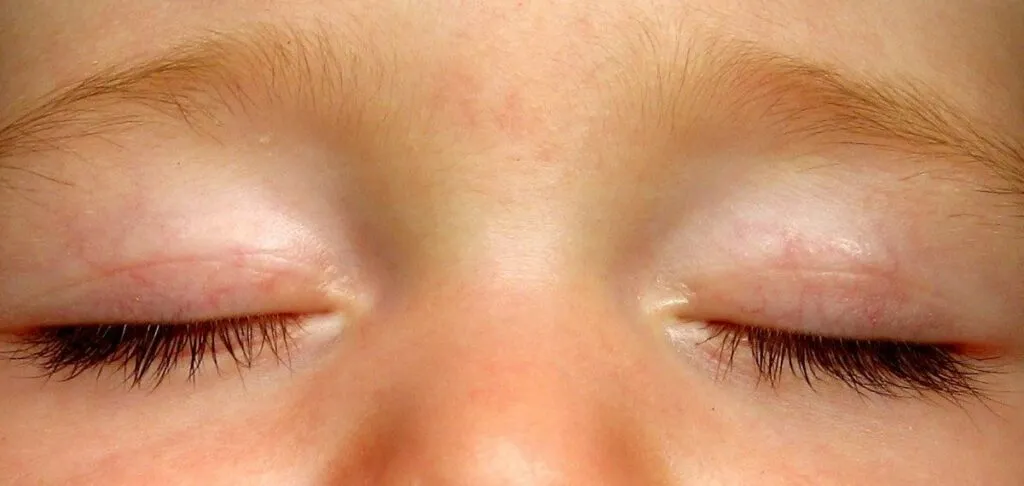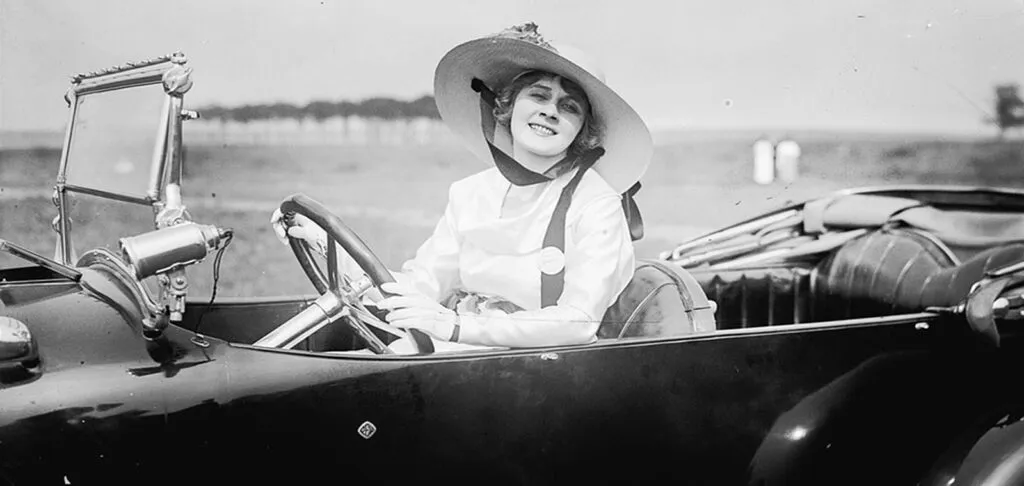
Marfan syndrome
On the threshold of the twentieth century, the first to describe this rare disease was a Parisian professor of pediatrics, Antoine Marfan. According to his observations, the disease was accompanied by characteristic external features: thin, elongated limbs, long “spider” fingers, a “bird’s face” (large nose with a sunken chin), high mobility of joints, concave chest, and others.
Medical practitioners of the past could only fantasize about the origin of such unusual skeletal anomalies. It was only with the development of genetics that it became possible to determine the true cause of the syndrome. This hereditary disease of connective tissue (with it is born 1 out of 100 thousand children) causes a breakage of the gene 15 pair of chromosomes, responsible for the production of protein fibrillin – a key component of connective tissue (it is responsible for mobility and elasticity of joints).
Judging by busts, portraits and extant descriptions of Paganini’s appearance, the genetic breakage thoroughly corrected his appearance. As a child, Nicolo was described as “a frail little monkey with a prominent jaw, a very long nose, a sunken chest, angular shoulders and arms that reached almost to the kneecaps turned outward.
One of his first violin teachers, Maestro Cosio, noted the ugliness of the young Paganini’s fingers: “Each of them looks like a duck’s nose”. “But such fingers are the best for playing,” he added.
Nicolo’s father contributed much to turning a congenital defect into an advantage. Greedy Antonio Paganini from the age of four locked his son in a dark closet until he perfected a musical exercise on the violin. Beatings and spankings were an incentive for the little boy to drive the bow day after day.
In fact, Paganini had no choice – already in early childhood, he merged with the instrument, and when at the age of eight first appeared on a professional stage, the effect produced by his play on the audience, balanced on the edge between delight and superstitious fear. Pages of half-extinct newspapers in museum archives by the mouths of music critics describe the extraordinary impression of visitors to his concerts: “…It is a devilish obsession. The listeners are seized by a kind of madness, it cannot be otherwise. When he plays, the breath is taken away, and the very beating of the heart distracts people’s attention. One’s own heart is irritated and becomes unbearable. One’s own life ceases when these sounds begin.”
Comparative characterization
The appearance of the maestro in his mature years contemporaries described approximately as follows: high height and sharp thinness, extreme pallor, right leg longer than the left, the left shoulder is higher than the right, collapsed chest. Pronounced muscular weakness with iron strength of hands. Fingers unusually thin, joints bend in all directions (envious Paganini spread rumors, as if the super-flexibility of his fingers – the result of a complex operation), demonic look.
Now let’s compare Paganini’s signs with the symptoms of Marfan’s disease.
Arachnodactyly – elongated hands, “spider” fingers and toes (parameters of the legendary violinist).
Multiple bone and joint anomalies (Paganini had congenital dislocation of the kneecap, crooked right leg).
Hypermobility of joints (it is it that some experts explain Paganini’s ability to perform technically incredibly complex works).
Funnel-shaped deformity of the chest (the maestro’s sunken chest).
He was tall and thin (“the tightest suits hung on him like sacks, sleeves dangled like sticks, every collar was too wide”).
Various visual disorders: subluxation of the lens, myopia and convergent strabismus – an explanation of the demonic look Paganini.
Anomalies of the skull and face (the shape of Maestro Nicolo’s head was elongated and flattened).
Violations of the cardiovascular system (defeat of the valve apparatus of the heart and eventually – rupture of the aortic aneurysm) – the presumed cause of Paganini’s death.
Fatal diagnosis
– Judging by the legendary violinist’s appearance, he really had Marfan syndrome,” says Ruslan Osadchuk, a chiropractor and neurologist of the highest category. – Connective tissue is the basis that combines the cells of blood vessels, muscles, ligaments. When it is affected, there are systemic disorders in the spinal cord sheaths, eyes, joints, joint tendons, bones of the skull. This is what we see in Paganini: a compressed skull, deep-set eyes, long and flexible fingers, and a sunken chest. In medicine, this is called habitus – the presence of several typical symptoms in a patient, by which a diagnosis is made.
Over time, Marfan’s disease progresses: connective tissue is destroyed, muscles, tendons and joints become overly elastic, a person feels weakness in the arms and legs, they actually fail him. But the most formidable complication of Marfan syndrome is the dissection of the aneurysm of the ascending aorta. The connective tissue within the walls of this wide blood channel gradually thins, deteriorates and threatens to rupture. Early signs of the resulting catastrophe are hoarseness of voice, pain behind the sternum and in the back, cough, shortness of breath, and vomiting.
Attacks of rheumatic joint pains, bloody cough and weakness haunted the great violinist for the last years of his life. He was repeatedly tried to treat by various eminent doctors, but no one could make a diagnosis. It is known that in his last years Paganini practically lost his voice, and every public concert cost him, in his own words, a year of his life.
Officially, the maestro died of a mysterious “throat disease”, but in all likelihood the cause of his death was a ruptured aortic aneurysm – a fatal complication of Marfan syndrome.
To claim that Paganini owed his genius and world fame solely to illness would be unfair. Paganini’s childhood was spent in exhausting rehearsals, street concerts and tours organized by his father in order to earn more money for his son’s talent. The childish labor of the little violinist allowed him to perform any work with ease and virtuosity in the future.
And then Paganini had an amazingly fine hearing – he could hear the voices of pedestrians passing two blocks away from his house, the screams and cries of children coming from the basements of neighboring alleys. This extraordinary sophistication of hearing seemed natural to Paganini. But it was further evidence of his rare musical talent.
Illness expanded his technical abilities, but it could in no way affect the beauty of the music he wrote. Paganini’s gift had nothing to do with his body, it was a property of his soul.



